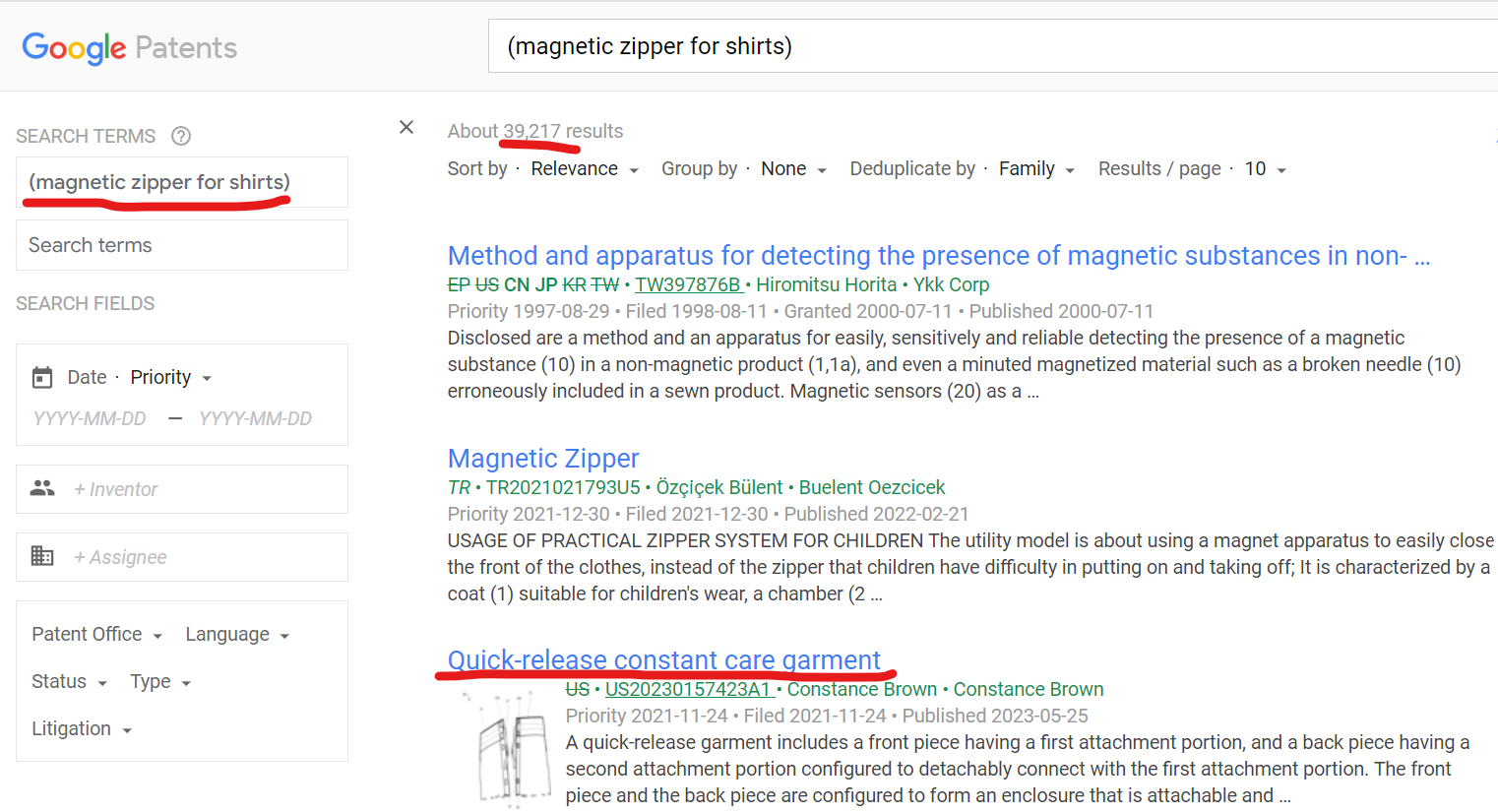How to Conduct Novelty Search? With Example: Novelty Search also known as Patentability Search, Prior-Art Search. Any inventor who comes up with an idea feels that his idea is new and no one in the world has thought along similar lines, this is just a feeling of the inventor, is it really new? How do you know? If you know what others have thought on similar problems then you can compare your idea or solution to that of others and determine if yours is really new or someone has already thought on the same lines like you have thought.
How you can access to the ideas of all other in this world? There is no practical way to access all other thoughts but if others have filed a patent or published on Internet then you can access it and compare.
General publication on can be accessed using search tools like Google, for patents there are different sources like national patent office websites like USPTO , EPO, JPO etc, google patents which can be accessed at https://patents.google.com/ has a collection of patents rom many patent offices so you can search there and check I your idea is new or not.
How to conduct a Novelty Search with an Example?
For Example, if you have come up with a magnetic zipper for clothes then you can search using the same keyword as shown below.

Here are around 40,000 results but you can go through first 50 to 100 results then change keyword to have more relevant results. For example, if you have come up with magnet zipper for shirt then instead of using magnet zipper for cloths better use magnet zipper for shirt. While going through the results you will learn similar keywords like Quick Release constant care garment so you can use this keywords also and try see if your invention is similar to the patents shown or different.
If results are similar then you can innovate further to differentiate between patent found and your invention. In this example of magnet zipper on shirt if you have similar patent then you can differentiate your invention by considering the following aspects:
- Functionality Improvement:
- Think about how your magnet zipper could offer better usability or convenience. For example, you could design a magnetic zipper mechanism that allows for smoother closure or an automatic snap-lock feature that engages more securely than existing solutions.
- Design Modifications:
- Consider varying the design in a way that changes the aesthetic or practical use. For example, instead of a straight-line zipper, you could innovate with a curved or zigzag magnetic zipper that adds a unique style element or better conforms to the shape of the garment.
- Material Use:
- Use different materials that enhance the functionality, durability, or appearance of the magnet zipper. For instance, integrating lightweight, rust-proof materials or using magnets with varying strengths for different parts of the zipper could add distinct benefits.
- Application Variation:
- Explore applying your magnet zipper concept to different types of clothing or items. If your initial idea is for a shirt, think about how it might work for jackets, trousers, or even accessories like bags or shoes. This could help carve out a unique niche not covered by existing patents.
- User Demographics and Accessibility:
- Tailor your invention for specific user groups that may have unique needs. For example, creating a magnet zipper specifically designed for people with disabilities or elderly users who struggle with traditional zippers can differentiate your product.
- Additional Features and Integration:
- Combine the magnet zipper with other features. For example, you could add a mechanism that provides heat, changes color with temperature, or integrates with wearable technology for added functionality.
- Eco-friendly and Sustainable Approaches:
- Introduce environmentally friendly aspects to your design. Use recycled or sustainable materials, or create a biodegradable magnetic component to appeal to environmentally conscious consumers.
- Cost Efficiency and Manufacturing Process:
- Think about ways to make the product more cost-effective or simpler to manufacture. A simpler assembly process, fewer parts, or a design that can be mass-produced with lower costs could provide a significant competitive advantage.
You can also use national databases like USPTO, EPO you can use https://rightpatents.com/how-to-search-patents-by-name/ this as a guide on how to interact with these websites.
Recently semantic-based search tools are available where you can give plain txt and see search results. If you require a comprehensive search then you can hire professionals like us RightPatents where we use commercial databases like patbase, Patseer, Orbit, IPRally etc. where we use combination of keywords, IPC, CPC classifications (you can see at https://www.wipo.int/classifications/ipc/en/faq/ , https://www.epo.org/en/searching-for-patents/helpful-resources/first-time-here/classification/cpc, to know more on what IPC or CPC means).
Related Articles:
